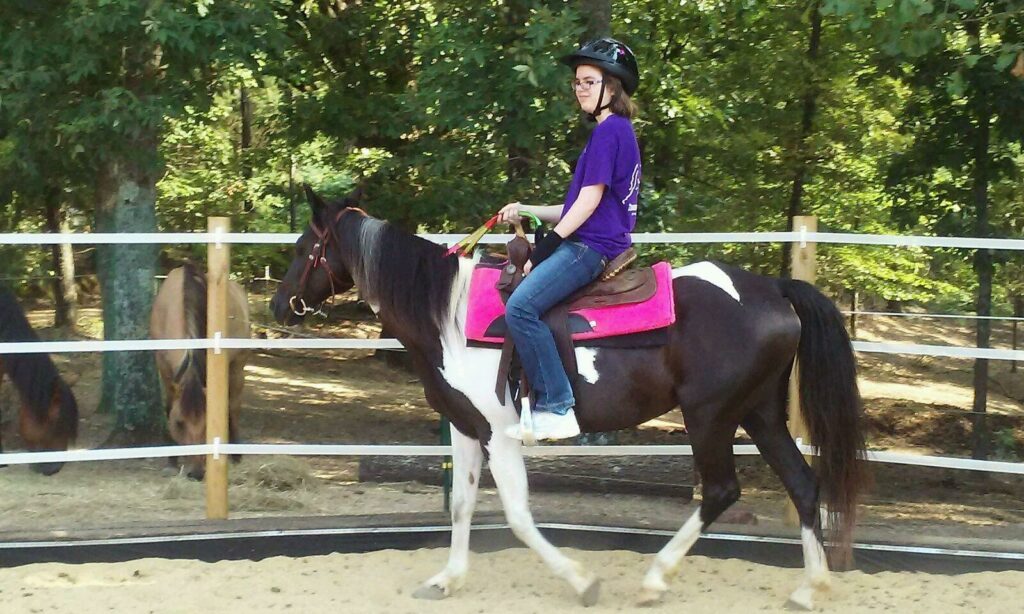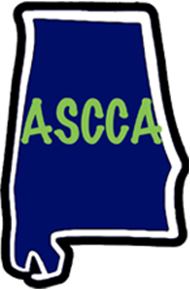
March is Traumatic Brain Injury Awareness Month. A traumatic brain injury is defined as an alteration in brain function caused by an external force or trauma. In the United States alone, 153 people die from traumatic brain injuries every day, according to BrainLine.org. Women are at higher risk than men because of falls at home or domestic violence. I am glad we have a month to spread awareness to everyone because it might help prevent injuries that can be avoided and help people understand those who have them.
Only 40% will survive traumatic brain injury and have a good recovery, according to the National Center for Biotechnology Information. I am very lucky to be one of those 40%. Many traumatic brain injuries are from surviving car crashes or getting hit on the head, but my traumatic brain injury came from a hemispherectomy on the right side. As you may have read in a previous post, I was born with a brain malformation that causes epilepsy, and I had successful brain surgery to eliminate seizures in 2010. (You can read “My Surgery Story” here.)
The most frequent traumatic brain injuries typically happen to people ages 15 and older. The media focuses on traumatic brain injury because it is common with people who play sports, particularly football. Visual problems such as double vision, loss of peripheral vision, and difficulty reading are common symptoms often caused by traumatic brain injury.
I, too, have had visual problems since my surgery. I lost peripheral vision not only on my left side but also the top and bottom when looking straight ahead, forming a crescent shape of no vision. As a result, I have to be careful walking so that I will not trip over things that I cannot see or walk through doorways into unseen hallway traffic. Through visual therapy, I have learned to “scan” (turn my head) around me as I walk so I can see the areas out of my range of vision.
Sometimes people will think I am ignoring them when actually they are standing or sitting on my left side, and I cannot see or hear them. It has caused misunderstandings many times! To prevent further misunderstandings and misjudgments when possible, I try to remember to ask or remind people to be on my right side, and I explain to them why.
I also have special lenses in my glasses to help with double vision, which was finally diagnosed a few years after my surgery. I used to have difficulty reading books, but with today’s technology, that is no longer a problem. I am very thankful for an e-reader that allows me to increase the font size because I enjoy reading a lot.
After my surgery, the doctors were unsure if I would be able to do certain things, but I have surprised them in many ways. I think the most surprising for the doctors was finding out that I took horseback riding lessons after my procedure. I bet the doctors would be even more amazed to find out I have ridden a zip line and gone tubing, among other activities—all thanks to Camp ASCCA!
People with traumatic brain injuries often have trouble with communication. For myself, I sometimes do not understand certain words, and it’s hard to tell the difference between nice people and rude people. For example, I take sarcasm as an insult, and it has taken me years to be able to tell the difference. Actually, I still have a hard time telling the difference sometimes.
Although there are several effects of traumatic brain injury, I have only these few symptoms, and I have figured out how to work my way around them with the help of my family. I hope this will help people be aware of traumatic brain injury and its lifelong effects.

Located in Alabama on Lake Martin, Camp ASCCA offers campers a wide variety of traditional recreational and educational activities with a unique design for accessibility.

Sign up for our eNewsletter to keep up with events and happenings at Camp ASCCA!